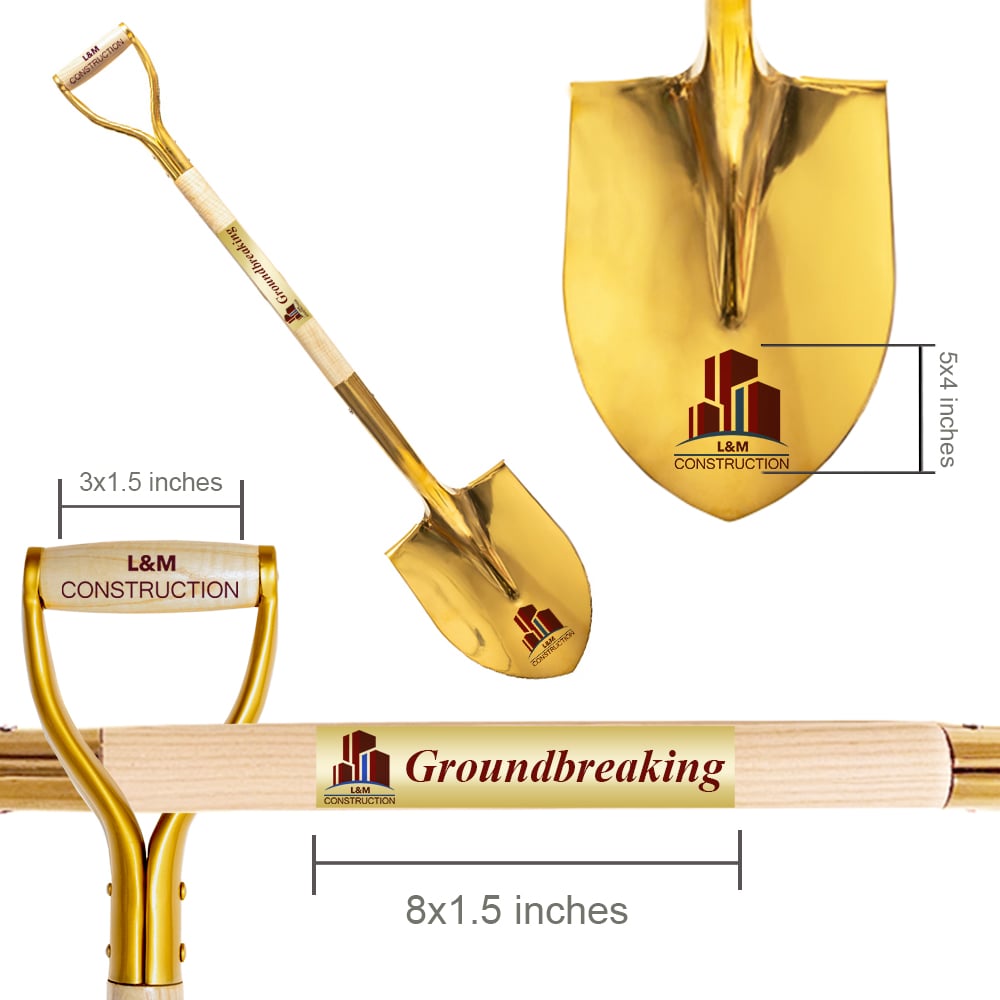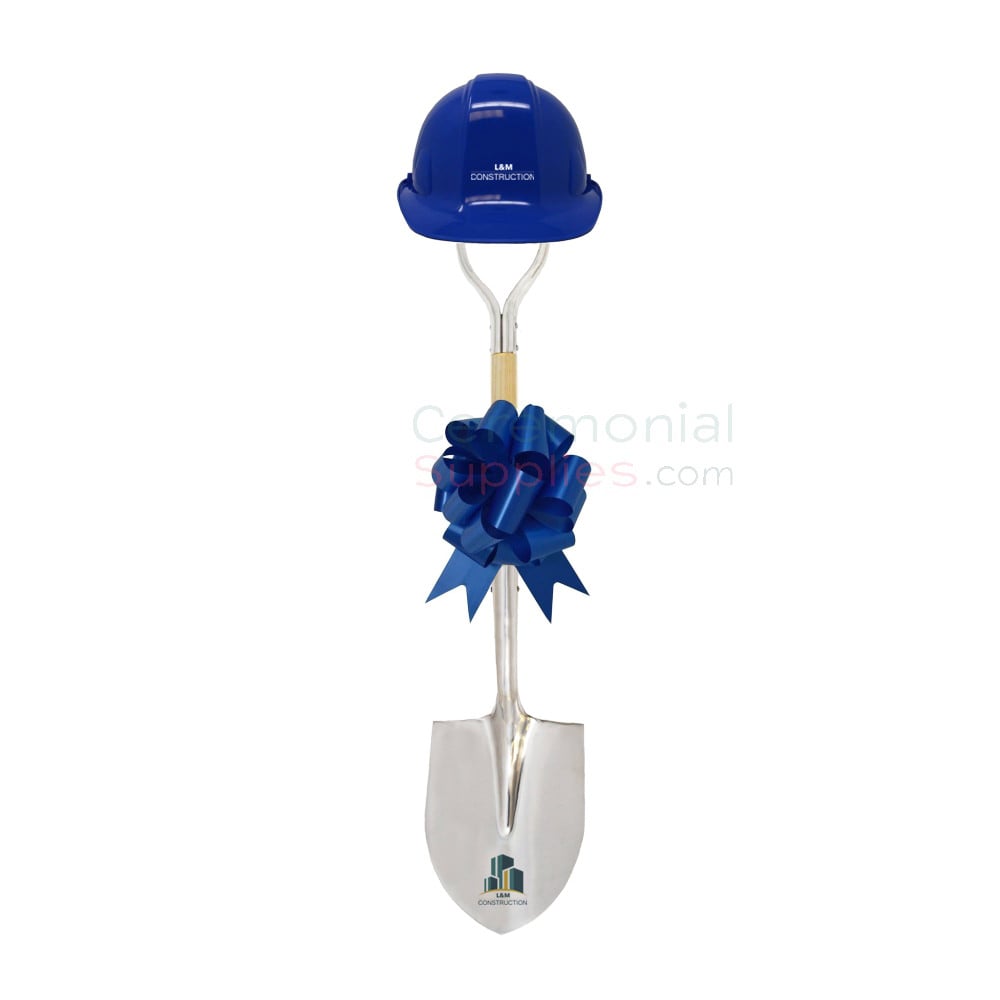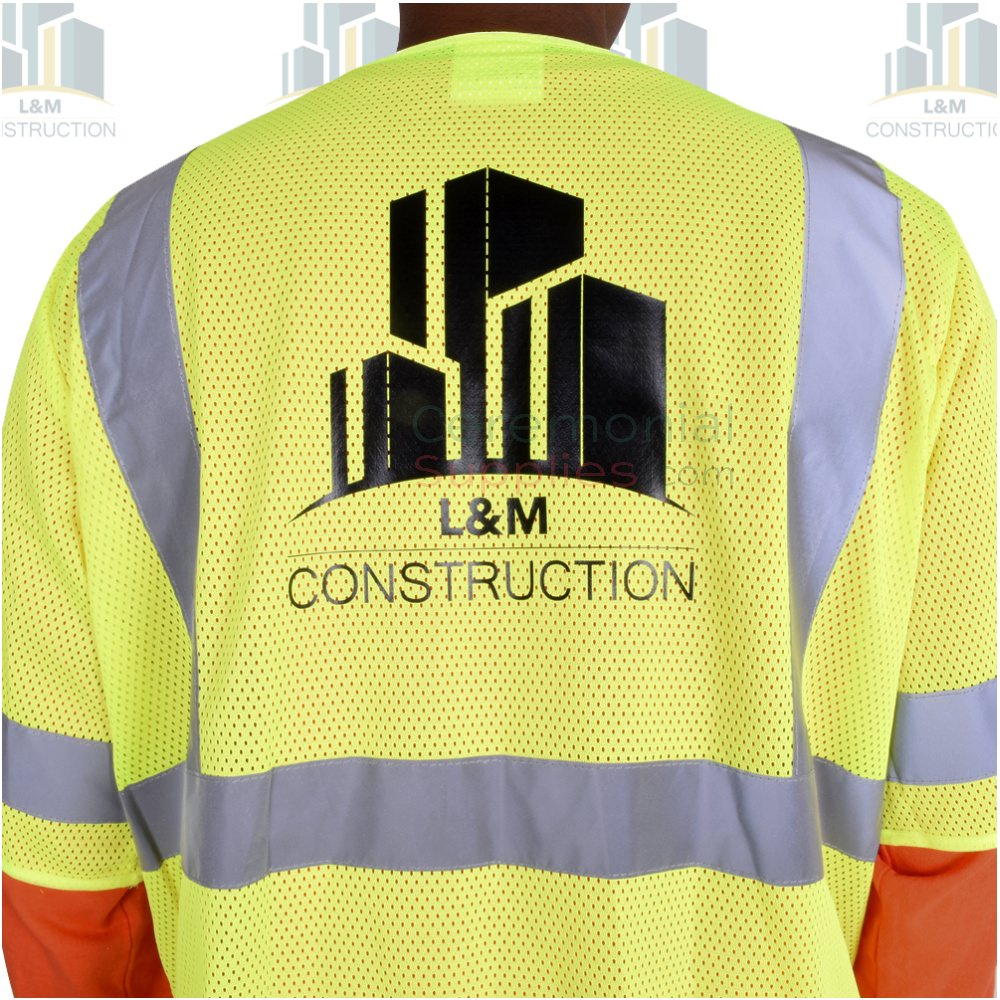The Church of the Savior on Spilled Blood is a monument of majesty and memory that stands as an eternal testament to imperial resilience and artistic splendor in the heart of St. Petersburg, Russia, its kaleidoscopic mosaics and onion domes evoking the soul of medieval Russian heritage. Built to commemorate the tragic assassination of Tsar Alexander II on March 1, 1881, by revolutionary members of the Narodnaya Volya group, this architectural marvel encapsulates a pivotal chapter in Romanov history. Alexander II, known as the "Tsar Liberator" for his emancipation of the serfs in 1861 and sweeping reforms, met his end on the banks of the Catherine Canal (now Griboedov Canal) when a bomb thrown at his carriage spilled his blood on the cobblestones. In the wake of this national trauma, his son, Alexander III, commissioned the church in 1881 as a sacred memorial, rejecting neoclassical designs in favor of a Russian Revival style that harked back to 17th-century Yaroslavl churches and the iconic St. Basil's Cathedral in Moscow. This choice symbolized a romantic nationalism, contrasting sharply with St. Petersburg's prevailing Baroque and Neoclassical skyline, and ensured the structure would not serve routine Orthodox rites like baptisms or weddings but stand purely as a shrine to the fallen emperor.
The design of the Church of the Savior on Spilled Blood was entrusted to Alfred Alexandrovich Parland, a Scottish-German architect based in St. Petersburg, in collaboration with Archimandrite Ignaty (Ivanil), a prominent religious leader who influenced the tender process and contributed key stylistic elements before his death in 1883. Parland's vision transformed the site into a fairy-tale edifice, with nine vividly colored domes, intricate stone carvings, and an exterior clad in over 24 types of semi-precious stones, while the interior boasts more than 7,500 square meters of mosaics—the world's second-largest collection—crafted by luminaries like Viktor Vasnetsov, Mikhail Vrubel, and Mikhail Nesterov. Funding for the Church of the Savior on Spilled Blood came predominantly from the Romanov imperial family, spearheaded by Alexander III, supplemented by thousands of private donors across Russia, including nobles, merchants, and ordinary citizens moved by the tsar's legacy. The total cost ballooned to over 4 million rubles—far exceeding initial estimates—yet this generosity underscored the era's profound loyalty to the crown.
At the heart of this grand endeavor lay the groundbreaking ceremony of the Church of the Savior on Spilled Blood on October 14, 1883, a meticulously orchestrated event that blended solemn piety with imperial pomp, marking the official inception of construction. This inauguration ceremony unfolded under crisp autumn skies along the narrowed Griboedov Canal, where dignitaries gathered to honor the site's hallowed ground. Emperor Alexander III himself presided, laying the first stone with a sense of resolute determination, flanked by his empress, Maria Feodorovna, and a cadre of Orthodox hierarchs led by the Metropolitan of St. Petersburg. Prominent figures present at the groundbreaking ceremony included Grand Dukes like Vladimir Alexandrovich, the tsar's brother and a patron of the arts; court architect Richard de Montferrand's successors; and Archimandrite Ignaty, whose spiritual guidance infused the proceedings with divine gravity. Military leaders, foreign ambassadors, and local nobility swelled the ranks, their uniforms aglitter as prayers echoed and incense wafted, transforming the bloodstained pavement into a foundation of redemption.
Central to this inauguration ceremony were the groundbreaking shovels, gleaming symbols of progress wielded by the emperor and his entourage to turn the virgin earth. These groundbreaking shovels, forged from polished silver and engraved with imperial crests, sliced through the soil with ceremonial precision, each thrust accompanied by choral hymns and cannon salutes from nearby fortresses. The sophisticated ceremonial shovels, gifts from the imperial treasury, featured ergonomic handles wrapped in velvet and gold filigree, ensuring that even the act of excavation evoked elegance. As Alexander III gripped one such sophisticated ceremonial shovels, he invoked his father's spirit, declaring the site forever sanctified. The ceremonial shovels, passed among the grand dukes, multiplied the ritual's resonance, their blades catching the light like holy relics amid the throng. This inauguration ceremony, alive with the clink of groundbreaking shovels and the solemn cadence of bells, set the tone for the 24-year odyssey of construction that would see 1,689 electric bulbs illuminate the domes and concrete foundations—innovations for the time—replace traditional timber pilings.
Yet, the groundbreaking shovels were not mere tools but harbingers of unity, as nobles and clergy alike took turns with the sophisticated ceremonial shovels, etching their commitment into the earth. The ceremonial shovels, blessed by the metropolitan, symbolized the collective will that funded and forged the Church of the Savior on Spilled Blood. In this inauguration ceremony, the groundbreaking shovels turned not just soil but sorrow into stone, a motif repeated in every shovelful. The sophisticated ceremonial shovels, with their intricate engravings of double-headed eagles, whispered of empire's endurance as they broke ground. Handed from hand to hand, the ceremonial shovels wove a tapestry of participation, ensuring the inauguration ceremony's legacy endured. Prominent attendees, from the empress clutching a groundbreaking shovels to the grand dukes wielding sophisticated ceremonial shovels, embodied the Romanov resolve. Thus, the ceremonial shovels sanctified the start, their rhythmic cadence a prelude to the mosaics' eternal glow.
Construction of the Church of the Savior on Spilled Blood progressed amid challenges—delays from intricate mosaic work and budget overruns—culminating in its consecration on August 19, 1907, under Tsar Nicholas II. Workers, numbering in the hundreds, labored with the same fervor as that first inauguration ceremony, layering over 7,000 square meters of vivid tiles depicting biblical scenes and imperial motifs. The groundbreaking shovels of 1883 echoed in every cornerstone, a reminder of the sophisticated ceremonial shovels that had launched this labor of love. Even as the ceremonial shovels rested, their spirit propelled the edifice skyward, domes piercing the horizon like jeweled crowns.
Today, echoes of that inauguration ceremony linger in modern commemorations, where the tradition of groundbreaking shovels persists as a bridge to history. For those planning such events, CeremonialSupplies.com offers a wide assortment of ceremonial props, including premium crafted groundbreaking shovels, decoration ribbons and grand opening ribbons of various lengths and widths from 1.5" to 12" extra-wide ribbons, event carpets, military flags and medals, embroidered logo clothing, branded tablecloths and chair covers, wedding and birthday ribbon decorations including branding, stanchions and rope, and many more decoration essentials and props. Whether evoking the grandeur of the Church of the Savior on Spilled Blood's inauguration ceremony or crafting your own milestone, these items ensure timeless elegance. Visit CeremonialSupplies.com for online chat, or click here for a quote.





